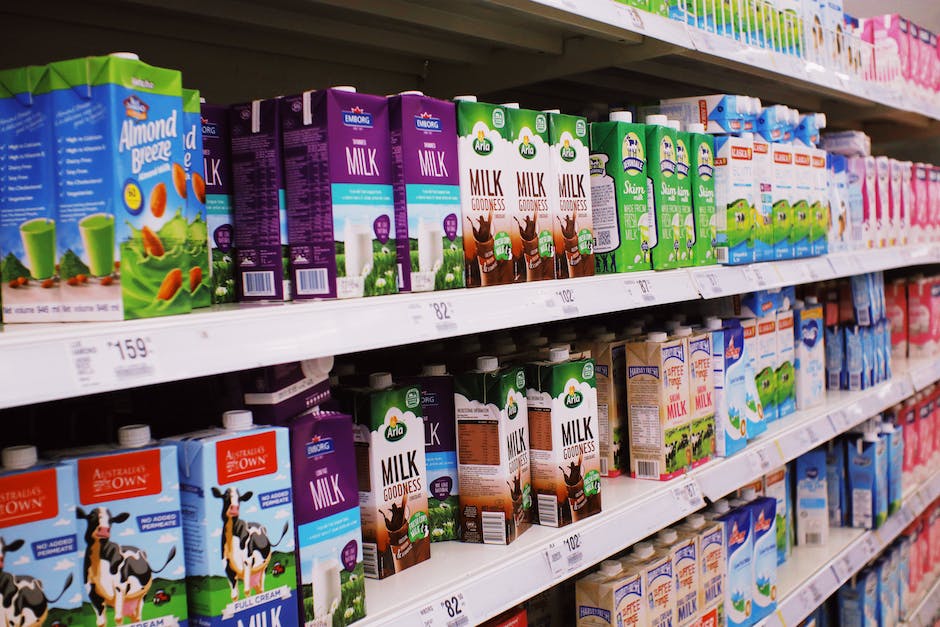
In an ever-evolving marketplace filled with competition, the challenge isn’t just about having a quality product. It’s also about making an indelible impression that draws people in, instantly connecting your brand to the needs of the consumer.
That’s where the power of trade show retail displays steps in.
These aren’t just platforms where your products stand. They are the face of your business, pulling the strings behind potential customer attraction and retention. When designed with precision and creativity, they can strike the right chords, wooing visitors and transforming them into buyers.
In this post, we’ll delve deep into this ingenious marketing strategy, exploring its potency, nuances, and how you can leverage it to propel your brand forward. Embarking on this exploration, let’s begin where all successful projects do: by understanding the basics.
Importance of Attractive Retail Displays

Attractive retail displays are not just the first impression potential customers have of your brand, they’re a golden opportunity to showcase your products effectively.
They can heighten product visibility and create an aura of brand exclusivity, luring potential customers closer before they even realize it. It’s the springboard of customer interaction, sparking the initial interest which can be converted into a purchase.
The concept of window shopping wouldn’t exist if it were not for the power of impressive, eye-catching retail displays.
Last but not least, an outstanding display can establish your brand’s industry expertise. It drives the harmonious message about your product quality and commitment to excellence.
It isn’t merely about stacking products; it’s about attraction, engagement, and branding. That’s the power and importance of attractive retail displays.
The Design Elements of Effective Displays

When planning your trade show retail display, several key design elements play a crucial role in its effectiveness.
Firstly, the layout and flow should guide visitors through your display intuitively. Organize your products strategically and ensure there’s ample space for visitors to move around.
Remember, lighting is more than mere visibility. It has the power to highlight your key products and create a welcoming atmosphere.
Color, too, significantly impacts a display’s success. Opt for a palette that complements your brand and triggers the desired emotional response.
Alongside these, tailored graphics with clear, concise messaging make your display immediately recognizable and engaging.
Ultimately, your design should reflect your brand’s professionalism, catching the eye and inviting interaction.
Ensure you safeguard the balance between creativity and functionality. A well designed display can elevate your trade show presence exponentially.
Types of Trade Show Retail Displays

Understanding the various types of retail displays used in trade shows can help businesses choose what works best for their needs.
Firstly, we have the Pop-Up Displays. These are the most popular type and offer quick setup times. They are portable, space-saving, and easy to assemble.
Next, we have Banner Stands. These are cost-effective and reusable. They’re ideal for small booth spaces, and can easily capture the attention of passersby with bold, vibrant designs.
Then, we have the Island Displays – typically larger and used to exhibit a variety of products. They allow for 360-degree visibility and are more interactive due to their open layout.
Lastly, we have the Tabletop Displays. These are smaller, but can play a key role in successful exhibitions. They work best in limited spaces or events where full-scale displays can’t be used.
Creative Ideas for Retail Display Designs
Creating an impressive retail display for a trade show requires a blend of creativity, strategy, and a clear understanding of the brand.
Think outside the traditional shelving unit! Consider using a combination of vertical and horizontal displays or create a themed display that tells your brand’s story.
A dynamic approach: mix and match different display styles. Use mannequins for apparel retailers or create a window-style display.
Lighting plays a key role too; it not only highlights the products but also sets the mood.
Adding interactive elements can drive more engagement. Digital displays or interactive product demonstrations could be the trick.
Finally, make sure your display is not just visually appealing, but also highly functional.
By incorporating these creative ideas, you will surely create a retail display that catches the eye, intrigues the mind, and sparks a compelling conversation at your next trade show.
Use of Technology in Retail Displays

In the rapidly evolving business landscape, the use of technology in retail displays has become increasingly prevalent. This shift is most evident in trade shows where cutting-edge interactive display technologies like touch screens, augmented reality, digital signage, and 4K displays are being employed.
Integrating technology in retail displays enables businesses to provide dynamic, customizable, and interactive experiences for their customers. This not only grabs immediate attention, but also boosts engagement, thus reinforcing the brand’s message and product visibility.
Moreover, the incorporation of technology allows for real-time data collection and analysis on customer behavior. So, businesses can refine their marketing strategies based on the insights derived, maximizing returns on investment.
Incorporating technology in your trade show retail displays could therefore be the game-changer that gives your business a competitive edge. It’s an investment that can inspire, captivate, and retain customers.
Sustainability Aspects of Retail Displays

In an era where sustainability is not just a buzzword, but a business imperative, we need to rethink retail displays at trade shows.
Traditional displays, often made from non-renewable materials, end up in landfills post-show, exacerbating our environmental footprint. Thus, we must factor in sustainability while maintaining visual appeal and functionality.
Consider eco-friendly materials like bamboo, recycled cardboard, or biodegradable plastics to create your displays. These materials are not only gentle on our planet, but also signify your brand’s commitment to sustainability, a trait admired by today’s conscious consumers.
Moreover, opt for reusable or modular displays that can be repurposed for multiple events. Reducing waste and showing corporate responsibility can positively impact your brand’s image and bottom line at the same time.
By integrating sustainable practices in our retail displays, we contribute to a greener future while staying at the forefront of industry trends.
Case Study on Successful Retail Displays

One of the most compelling cases to demonstrate the effectiveness of efficient retail displays is that of Widget Inc. During a popular trade show, they utilized an impressive, professionally crafted display for their innovative technology products, catching immediate attention from attendees.
The display featured an interactive layout allowing potential clients to have a direct experience with the products. It was well-structured, neat, and focused on their top-tier products. Coupled with the enthusiastic interaction of sales representatives, their display was a hit. Their unique message was clearly conveyed, resonating with their target audience. This case study reveals that well-executed displays may boost sales and customer interaction.
The success of Widget Inc. underlines the power of detail-oriented, innovative, and engaging retail displays. Their meticulous planning and execution showcased a standout trade show presentation which, in turn, drove impressive sales.
Cost Consideration for Trade Show Displays

Trade shows can be an excellent platform to showcase your product and enhance your brand visibility. However, creating an impactful display for a trade show comes with its own cost considerations.
Main factors to consider include design and production costs, transportation, installation, and dismantling. The complexity of your design deeply impacts your budget. Custom-made displays, while eye-catching, are comparatively more costly than modular or pop-up displays.
Transportation costs can escalate quickly based on the size and weight of your display. Additionally, union labor costs for installation and dismantling should not be ignored.
Bear in mind, planning for the unexpected is essential. Keep a buffer for unforeseen expenses to avoid any stressful last-minute scrambles. Including these factors in your budget planning will ease financial management while ensuring you don’t compromise on the quality of your display.









